Home>Garden Essentials>What To Use Instead Of Chia Seeds
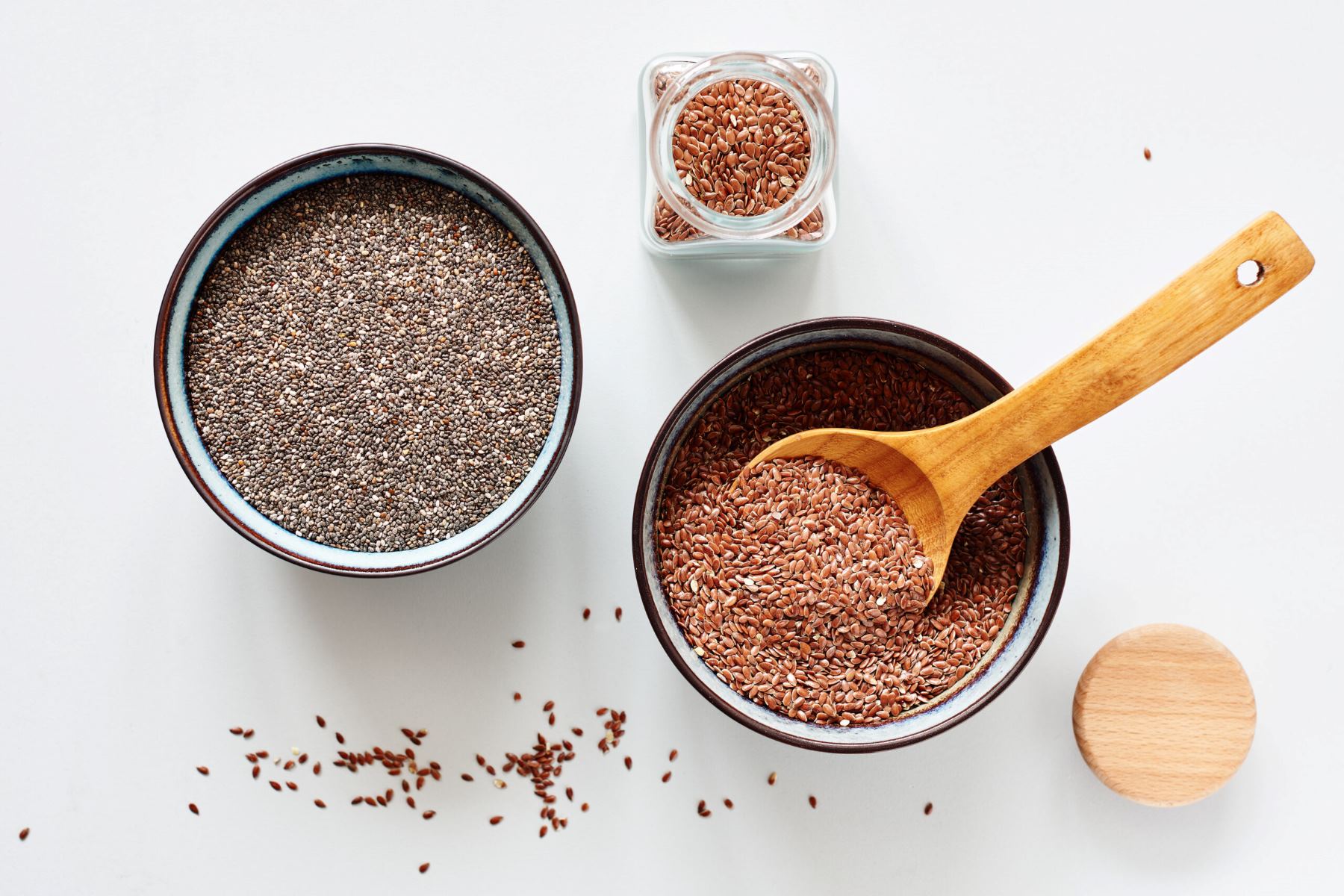

Garden Essentials
What To Use Instead Of Chia Seeds
Modified: April 22, 2024
Looking for alternatives to chia seeds for your garden? Discover a variety of options to enhance your garden's health and productivity.
(Many of the links in this article redirect to a specific reviewed product. Your purchase of these products through affiliate links helps to generate commission for Storables.com, at no extra cost. Learn more)
Introduction
Welcome to the wonderful world of gardening! Whether you are a seasoned green thumb or a novice looking to embark on a new gardening journey, one thing is for certain – a thriving garden requires careful planning, nurturing, and the right ingredients. When it comes to gardening, there is an abundance of options to choose from. Among them, chia seeds have gained popularity as a nutrient-rich addition to the garden. However, if you are looking for alternatives to chia seeds, fret not! In this article, we will explore a variety of options that can be used instead of chia seeds to enhance your garden’s growth and health.
Key Takeaways:
- Enhance your garden with nutrient-rich alternatives like flaxseeds, hemp seeds, and sunflower seeds to promote soil fertility and attract beneficial insects.
- Embrace natural egg replacements and seeds like sesame, poppy, and ground flaxseeds to cater to dietary restrictions and promote sustainable gardening practices.
Read more: What To Use Chia Seeds For
Flaxseeds
Flaxseeds, also known as linseeds, are small brown or golden seeds that are packed with essential nutrients. They are an excellent source of omega-3 fatty acids, fiber, and antioxidants. Like chia seeds, flaxseeds are beneficial for improving soil fertility and moisture retention. They can be directly added to the soil or mixed with compost for better nutrient absorption. Additionally, you can prepare flaxseed gel by soaking the seeds in water and using it as a natural plant fertilizer.
Hemp Seeds
Hemp seeds are another great alternative to consider. These seeds come from the Cannabis sativa plant and are rich in protein, healthy fats, and minerals. Hemp seeds can provide a boost of nutrition to your garden by improving soil structure and promoting healthy root development. They can be sprinkled on the soil surface or mixed into the compost for optimal results.
Sunflower Seeds
Sunflower seeds, which are commonly enjoyed as a snack, can also be utilized in your garden. These seeds are rich in vitamin E, protein, and essential fatty acids. When used in gardening, sunflower seeds help to deter certain pests and attract beneficial insects like bees and butterflies. Simply scatter the seeds around your garden or plant them near susceptible plants to keep pests at bay.
Key Takeaways:
- Enhance your garden with nutrient-rich alternatives like flaxseeds, hemp seeds, and sunflower seeds to promote soil fertility and attract beneficial insects.
- Embrace natural egg replacements and seeds like sesame, poppy, and ground flaxseeds to cater to dietary restrictions and promote sustainable gardening practices.
Read more: What To Use Chia Seeds For
Flaxseeds
Flaxseeds, scientifically known as Linum usitatissimum, are small, nutrient-dense seeds that have become increasingly popular in recent years. They are packed with essential nutrients, including omega-3 fatty acids, fiber, and lignans, which are beneficial plant compounds with antioxidant properties.
When it comes to gardening, flaxseeds offer a range of benefits. One of the main advantages is their ability to improve soil fertility. Flaxseeds contain compounds that encourage the growth of beneficial microorganisms in the soil, enhancing its overall health and productivity. Additionally, the omega-3 fatty acids in flaxseeds help to regulate moisture levels in the soil, preventing it from becoming too dry or waterlogged.
To utilize flaxseeds in gardening, you have a couple of options:
- Directly sow flaxseeds in your garden beds or containers. This method works best in early spring, when the soil temperature is cool. Prepare the soil by removing any debris and loosening it with a garden fork or tiller. Scatter the seeds evenly across the desired area and lightly cover them with a thin layer of soil. Water gently to keep the soil moist. Within a couple of weeks, you should start to see the sprouts emerge.
- Alternatively, you can incorporate ground flaxseeds into your compost. Flaxseeds are rich in organic matter, which helps to enrich the compost pile. Grind the flaxseeds in a blender or coffee grinder to break them down into a fine powder. Mix the ground flaxseeds into the compost pile, ensuring that they are evenly distributed. The flaxseeds will decompose, adding valuable nutrients to the compost, which can later be used as a natural fertilizer for your plants.
In addition to improving soil fertility, flaxseeds can also be used to make a natural plant fertilizer. To create flaxseed gel, simply soak flaxseeds in water overnight. The next day, strain the water and use it to water your plants. The gel acts as a nutrient-rich liquid fertilizer, providing your plants with an extra boost of nutrients.
It is important to note that flaxseeds prefer well-draining soil and can be sensitive to overwatering. It is recommended to water them moderately, allowing the top layer of soil to dry out between waterings. Additionally, flaxseeds thrive in full sun or partial shade, so ensure that they are planted in an appropriate location that receives adequate sunlight.
Flaxseeds can be a valuable alternative to chia seeds in your garden. They offer a range of benefits and are a fantastic addition to any gardener’s toolkit. Whether you choose to sow them directly in the soil, incorporate them into compost, or create flaxseed gel, these nutrient-packed seeds will help nourish your plants and contribute to a thriving garden.
Hemp Seeds
Hemp seeds, derived from the Cannabis sativa plant, have gained popularity in recent years for their numerous health benefits. These tiny seeds are nutritionally dense, packed with protein, healthy fats, and essential minerals. But did you know that hemp seeds can also be a valuable addition to your garden?
When it comes to gardening, hemp seeds offer a range of advantages. One of their key benefits is their ability to improve soil structure. Hemp plants have deep roots that help loosen compacted soil and improve its drainage. This, in turn, allows water and nutrients to penetrate more effectively, leading to healthier and more productive plants.
In addition to improving soil structure, hemp seeds are a natural source of organic matter. When used as a mulch or incorporated into compost, they can contribute to soil fertility and enhance nutrient availability for your plants. Hemp seeds have a carbon-to-nitrogen ratio that is suitable for composting, helping to maintain a balanced microbial environment in the compost pile.
There are a few ways to utilize hemp seeds in your garden:
- Directly sow hemp seeds in your garden beds or containers. Ensure that the soil temperature is warm enough for germination, around 50-70°F (10-21°C). Prepare the soil by removing any weeds or debris and loosening it with a garden fork or tiller. Plant the seeds at a depth of about 1/4 inch (6mm) and water gently to keep the soil consistently moist. Hemp plants are adaptable and can grow in a variety of soil types, but they prefer well-draining soil with a pH between 6 and 7.
- Use hemp seeds as a mulch around your existing plants. Simply scatter a thin layer of seeds on the soil surface around the base of your plants, taking care not to smother them. The hemp seeds will gradually break down and release their nutrients into the soil, enriching it over time. The mulch layer also helps to retain moisture, suppress weeds, and regulate soil temperature.
- Incorporate hemp seeds into your compost pile. Grind the seeds in a blender or coffee grinder to break them down into smaller pieces. Mix the ground hemp seeds with other compostable materials, such as vegetable scraps, yard waste, or shredded paper. Turn the compost pile regularly to ensure proper decomposition, and in a few months, you’ll have nutrient-rich compost to enrich your garden soil.
When using hemp seeds in gardening, it is crucial to source them from reputable suppliers that offer certified non-GMO seeds. Non-GMO seeds ensure that you are using varieties that are safe and free from genetically modified organisms.
Hemp seeds are a versatile alternative to chia seeds for your garden. Whether you choose to sow them, use them as mulch, or incorporate them into compost, these nutrient-rich seeds offer multiple benefits and can contribute to the health and vitality of your plants. Embrace the power of hemp seeds and watch your garden flourish!
Sunflower Seeds
Sunflower seeds are not just a delicious and nutritious snack; they can also be a valuable addition to your garden. These seeds, harvested from the sunflower plant (Helianthus annuus), offer numerous benefits when used in gardening.
One of the key advantages of sunflower seeds is their ability to deter certain pests and attract beneficial insects. Sunflowers produce a compound called allelopathin, which acts as a natural repellent against many common pests like aphids, nematodes, and certain types of beetles. By planting sunflowers near susceptible plants or scattering sunflower seeds around your garden, you can help protect your plants from these unwanted pests.
In addition to pest control, sunflowers are also known for their ability to attract beneficial insects, especially bees and butterflies. These pollinators play a crucial role in the reproduction of many plants and contribute to the overall health of your garden ecosystem. By planting sunflowers, you can create a welcoming environment for these essential pollinators.
Here are a few ways you can use sunflower seeds in your garden:
- Directly sow sunflower seeds in your garden beds or containers. Choose a sunny location with well-draining soil. Plant the seeds at a depth of about 1 inch (2.5 cm) and space them at least 6-12 inches (15-30 cm) apart, depending on the variety. Water the seeds gently, keeping the soil consistently moist until they germinate. Sunflowers are generally easy to grow and can reach impressive heights, so make sure to provide adequate support for taller varieties.
- For pest control, scatter sunflower seeds around vulnerable plants or create a border around your garden. This can act as a natural deterrent against pests that are repelled by the allelopathic compounds found in sunflower seeds. Regularly check the seeds and replenish them as needed.
- Save the spent sunflower heads after the flowers have faded and the seeds have matured. Simply hang the sunflower heads upside down in a dry, well-ventilated area. Once the seeds have fully dried, gently rub them to remove the seeds. You can then store the seeds in a cool, dry place for future use, or use them as bird feeders to attract a variety of bird species to your garden.
It’s important to note that while sunflower seeds can help deter pests, they are not a guaranteed solution. Some pests may still find their way into your garden. Additionally, certain plants may be more susceptible to specific pests, so it’s important to research the pests that commonly affect your plants and take appropriate measures.
Incorporating sunflower seeds into your garden not only adds visual appeal with their vibrant blooms but also brings numerous benefits for pest control and pollination. By strategically planting sunflowers or scattering their seeds, you can create a healthier and more balanced garden ecosystem.
Try using flaxseeds as an alternative to chia seeds. They are also high in omega-3 fatty acids and can be used in similar ways, such as in smoothies, oatmeal, or as an egg substitute in baking.
Pumpkin Seeds
Pumpkin seeds, also known as pepitas, offer a range of benefits in both culinary and gardening applications. These nutrient-rich seeds, extracted from the inner cavity of mature pumpkins (Cucurbita pepo), can be a versatile alternative to chia seeds in your garden.
One of the main advantages of pumpkin seeds is their high content of essential nutrients, including protein, healthy fats, and minerals like magnesium, zinc, and iron. When used in gardening, these nutrient-dense seeds can contribute to the overall health and vitality of your plants.
Here are a few ways you can utilize pumpkin seeds in your garden:
- Direct sowing: Pumpkin seeds can be directly sown in your garden beds or containers. Choose a sunny location with well-draining soil. Once the danger of frost has passed and the soil has warmed up, sow the seeds at a depth of about 1 inch (2.5 cm) and space them approximately 18-24 inches (45-60 cm) apart, depending on the variety. Water the seeds gently but thoroughly, ensuring that the soil remains consistently moist until they germinate.
- Seed starting: If you prefer to start your pumpkin seeds indoors, you can do so a few weeks before the last frost date in your area. Fill seed trays or pots with a good quality seed starting mix and plant the seeds at a depth of about 1 inch (2.5 cm). Place the trays or pots in a warm location with adequate sunlight or under grow lights. Keep the soil consistently moist but not waterlogged. Once the seedlings have developed a few sets of true leaves and the outdoor temperatures have warmed up, you can transplant them into your garden.
- Compost enrichment: Pumpkin seeds can also be used to enhance your compost pile. These seeds are rich in organic matter and can contribute valuable nutrients to the composting process. Simply collect the pumpkin seeds and add them to your compost along with other organic materials, such as kitchen scraps, yard waste, and shredded paper. Turn the compost regularly to ensure proper decomposition and in a few months, you’ll have nutrient-rich compost to enrich your garden soil.
Pumpkin seeds require well-draining soil and thrive in full sun. Regular watering is essential, especially during dry periods, to keep the soil consistently moist. Adequate spacing between plants allows for proper air circulation and helps prevent diseases like powdery mildew.
It’s important to note that some pumpkin varieties may require pollination by bees or other insects to set fruit. If you are growing pumpkins for their delicious flesh, ensure that there is an adequate population of pollinators in your garden or consider hand-pollinating the flowers.
By using pumpkin seeds in your garden, you can harness their nutrient-rich properties to promote healthy plant growth and vigor. Whether you choose to directly sow them, start seedlings indoors, or add them to your compost pile, pumpkin seeds can be a valuable addition to your gardening practices.
Sesame Seeds
Sesame seeds, derived from the Sesamum indicum plant, are a versatile and nutritious ingredient commonly used in cooking. Beyond their culinary uses, sesame seeds can also be beneficial in your garden. These tiny seeds, available in white, black, or brown varieties, offer multiple advantages when incorporated into your gardening practices.
One of the key benefits of sesame seeds is their high oil content, which makes them an excellent source of nutrients for plants. When used as a soil amendment, sesame seeds can improve soil fertility and provide essential minerals like calcium, magnesium, and phosphorus. Additionally, the nutrient-rich oil in sesame seeds aids in moisture retention and helps prevent soil erosion, particularly in sandy or loamy soils.
Here are a few ways you can incorporate sesame seeds into your garden:
- Direct sowing: Sesame seeds can be directly sown in your garden beds or containers. Choose a location with full sun, as sesame plants require at least 6-8 hours of sunlight per day. Prepare the soil by removing any weeds or debris and loosening it to a depth of about 6 inches (15 cm). Scatter the sesame seeds evenly across the soil surface and lightly press them into the soil with your hands or a garden tool. Water gently to keep the soil moist until the seeds germinate. Sesame plants have a bushy growth habit and can grow up to 3-5 feet tall, so make sure to provide adequate spacing between plants.
- Seed starting: If you prefer to start sesame seeds indoors, you can do so about 4-6 weeks before the last frost date in your area. Fill seed trays or pots with a well-draining seed starting mix and plant the seeds at a depth of about 1/4 inch (6 mm). Place the trays or pots in a warm location or use a heat mat to maintain a temperature of around 70-85°F (21-29°C). Keep the soil consistently moist but not waterlogged. Once the seedlings have developed a few sets of true leaves and the outdoor temperatures have warmed up, you can transplant them into your garden.
- Compost enhancement: Sesame seeds can also be added to your compost pile to enhance its nutrient content. Collect the seeds and mix them with other organic materials, such as kitchen scraps, yard waste, or shredded paper, to create a balanced compost mix. As the compost breaks down, the sesame seeds will contribute valuable nutrients, improving the overall quality of the compost. Use the finished compost to enrich your garden soil and provide essential nutrition to your plants.
Sesame plants are relatively low maintenance once established. Keep the soil evenly moist throughout the growing season, but avoid overwatering to prevent root rot. Mulching around the plants can help retain soil moisture and suppress weeds. Regularly monitor your plants for pests or diseases, and take appropriate measures if necessary.
Whether you choose to directly sow sesame seeds, start seedlings indoors, or incorporate them into your compost, these tiny seeds offer a range of benefits for your garden. Embrace the nutritional value and versatility of sesame seeds and watch your garden thrive with their assistance.
Read more: What Can I Use Instead Of Celery Seed
Poppy Seeds
Poppy seeds, derived from the Papaver somniferum plant, are commonly used in cooking and baking for their unique flavor and crunchy texture. However, beyond their culinary uses, poppy seeds can also provide benefits in your garden. These small, dark-colored seeds offer several advantages when incorporated into your gardening practices.
One of the key benefits of poppy seeds is their ability to attract beneficial insects to your garden. Poppy flowers are attractive to pollinators such as bees and butterflies, making them an excellent choice for creating a pollinator-friendly garden. By planting poppy seeds, you can support these important pollinators and enhance the overall biodiversity of your garden ecosystem.
In addition to their pollinator-attracting properties, poppy seeds can also add visual interest to your garden. The vibrant blooms of poppy flowers come in various colors, including shades of red, pink, purple, and white, making them a delightful addition to any flower bed or garden border. The unique seed pods that form after the flowers fade add an interesting and decorative element to the landscape.
To incorporate poppy seeds into your garden, follow these steps:
- Direct sowing: Choose a spot in your garden that receives full sun or partial shade. Prepare the soil by removing weeds and loosening it with a garden fork or tiller. Scatter the poppy seeds evenly on the soil surface and gently press them into the soil. As poppy seeds require light to germinate, avoid covering them with too much soil. Water the seeds lightly to keep the soil consistently moist until germination occurs. Poppy seeds typically germinate within 10-14 days.
- Seed starting: Poppy seeds can also be started indoors in seed trays or pots. Fill the containers with a well-draining seed starting mix and scatter the seeds on the surface. Lightly press them into the soil and cover the trays or pots with a plastic cover or clear plastic wrap to create a mini greenhouse effect. Place the containers in a warm location with indirect sunlight. Keep the soil consistently moist, but be careful not to overwater. Once the seedlings have developed a few sets of true leaves, they can be hardened off and transplanted into your garden.
Poppy plants require well-draining soil, as they are sensitive to excessive moisture. It is important to avoid overwatering, especially during periods of prolonged rainfall or high humidity. These plants prefer cooler temperatures and can tolerate mild frost, so they are best suited for cooler climates or planting in the early spring or fall.
While poppy seeds offer aesthetic appeal and attract pollinators, it’s crucial to note that some species of poppies can be invasive in certain regions. Before planting poppy seeds, be sure to research the specific variety and its growth habits in your area. Additionally, check with your local agricultural extension office for any specific recommendations or regulations regarding poppy cultivation.
By incorporating poppy seeds into your garden, you can enjoy their stunning blooms, attract beneficial pollinators, and add visual interest to your landscape. Embrace the beauty and versatility of poppy seeds and watch your garden come to life with their enchanting presence.
Ground Flaxseeds
Ground flaxseeds, also known as flaxmeal, are a popular and nutritious addition to various recipes, such as smoothies, oatmeal, and baked goods. However, ground flaxseeds can also be a valuable ingredient in your garden. These nutrient-rich seeds offer several benefits when incorporated into your gardening practices.
One of the main advantages of ground flaxseeds is their high content of essential nutrients, including omega-3 fatty acids, fiber, and lignans. When used as a soil amendment, ground flaxseeds can contribute to improved soil fertility and the overall health of your plants.
Here are a few ways you can use ground flaxseeds in your garden:
- Compost enrichment: Ground flaxseeds can be added to your compost pile to enhance its nutrient composition. Flaxseeds are rich in organic matter and provide valuable carbon for the composting process. Mix the ground flaxseeds with other compostable materials, such as kitchen scraps, yard waste, or shredded paper, to create a well-balanced compost mix. Turn the compost regularly to ensure proper decomposition, and in a few months, you’ll have nutrient-rich compost to enrich your garden soil.
- Seed starting: Ground flaxseeds can also be used as a seed starting medium for starting your plants indoors. Mix the flaxmeal with a well-draining seed starting mix, such as peat moss or perlite, to create a nutrient-rich and moisture-retentive growing medium. Fill seed trays or pots with the mixture and plant your seeds at the recommended depth for each specific plant. Keep the soil consistently moist and place the trays or pots in a warm location with ample sunlight or under grow lights. As the seedlings grow, the flaxseed nutrients will support their early development.
- Soil amendment: Prior to planting, you can incorporate ground flaxseeds directly into your garden soil to enhance its fertility. Sprinkle the ground flaxseeds over the soil surface and gently work them into the top few inches of soil. The flaxseeds will break down gradually, releasing their nutrients to the plants’ root systems. This method can be particularly beneficial for nutrient-hungry plants or in nutrient-depleted soil.
Ground flaxseeds are a valuable source of nutrients, and their incorporation into your garden practices can help promote healthy plant growth and vigor. However, it’s essential to note that flaxseeds tend to absorb moisture easily and can become sticky when wet. Therefore, be mindful of the moisture levels in your garden, avoiding overwatering or excessively moist conditions to prevent clumping or matting of the flaxseed-enriched soil.
As with any soil amendment, it is recommended to perform a soil test before adding ground flaxseeds to your garden. This test will help determine the current nutrient levels and pH of your soil, enabling you to adjust the amendment accordingly. Additionally, consider rotating your crops and practicing proper garden hygiene to prevent the buildup of pests or diseases that may be associated with flaxseed usage.
By utilizing ground flaxseeds in your garden, you can tap into their nutritional benefits and contribute to the overall health and productivity of your plants. Embrace the versatility and nutrient-rich properties of ground flaxseeds, and watch your garden thrive with their natural goodness.
Psyllium Husk
Psyllium husk, also known as ispaghula, is a fibrous seed husk derived from the Plantago ovata plant. While commonly used as a natural dietary fiber supplement, psyllium husk can also offer benefits when incorporated into your gardening practices. This versatile ingredient can help improve soil structure, enhance water retention, and promote plant health in your garden.
One of the main advantages of psyllium husk is its ability to improve soil moisture retention. The high fiber content of psyllium husk allows it to absorb and hold onto water, preventing excessive evaporation and keeping the soil evenly moist. This is particularly beneficial in dry or sandy soils that tend to drain quickly, as it helps maintain a consistent moisture level for plants.
In addition to improving water retention, psyllium husk can also enhance soil structure. When mixed into the soil, the fine particles of the husk add organic matter and help create a well-draining soil texture. This can improve root penetration, nutrient availability, and overall soil health.
Here are a few ways you can incorporate psyllium husk into your garden:
- Soil amendment: Before planting, mix psyllium husk into the top few inches of your garden soil. This will help improve its structure, increase the water-holding capacity, and promote better root development. Aim for a ratio of approximately 1 cup of psyllium husk per every 5 square feet of soil, or adjust the amount according to the needs of your specific garden area.
- Seed starting: Psyllium husk can also be used to create a nutrient-rich seed starting mix. Combine psyllium husk with other components like peat moss, perlite, or compost to create a well-draining and moisture-retentive medium for germinating seeds. Fill seed trays or pots with the mixture, plant your seeds at the recommended depth, and keep the soil consistently moist until germination occurs.
- Water retention mulch: Spread a layer of psyllium husk around the base of your established plants, acting as a mulch to help retain moisture in the soil. The husk will absorb excess water when available and release it slowly to the plants over time, reducing the frequency of watering needed.
It’s important to note that when using psyllium husk in your garden, you should thoroughly mix it into the soil or potting mix to ensure even distribution. This will prevent clumping and ensure its benefits are maximized.
Psyllium husk is generally safe and non-toxic for plants, but it’s recommended to use it in moderation and test its effects in your specific garden setting. Additionally, be aware of any potential allergies or sensitivities you or your plants may have to psyllium husk, and discontinue use if any adverse reactions occur.
Incorporating psyllium husk into your gardening practices can help improve soil structure, enhance water retention, and promote healthy plant growth. Embrace the benefits of this natural fiber and watch your garden thrive with improved moisture levels and overall plant vitality.
Egg Replacements
Eggs are a common ingredient used in cooking and baking, providing structure, moisture, and binding properties to various recipes. However, if you’re looking for alternatives to eggs in your culinary creations, there are several effective substitutes available. These egg replacements not only cater to dietary restrictions, but they can also be utilized in your gardening practices to enhance soil health and plant growth.
Here are a few egg replacements commonly used in cooking and gardening:
- Compost: Instead of discarding eggshells, consider crushing them and adding them to your compost pile. Eggshells are a rich source of calcium, which is an essential nutrient for plant growth. As the eggshells break down, they release calcium into the compost, enriching it with valuable minerals that contribute to healthy soil and strong plant development. Incorporate the finished compost into your garden beds to boost overall soil fertility.
- Seaweed or Kelp Extracts: Seaweed or kelp extracts, available in liquid form, can provide a nutrient-rich alternative to eggs in gardening. These extracts contain essential minerals, trace elements, and growth hormones that promote plant growth and improve overall plant health. Dilute the seaweed or kelp extract according to the product instructions and use it as a foliar spray or soil drench for your plants. This natural egg replacement can provide your garden with a nutrient boost.
- Bananas: Mashed bananas can serve as a suitable egg replacement, especially in baking recipes. The natural sugars and moisture in bananas contribute to the overall texture and moisture retention of the baked goods. Additionally, bananas are rich in potassium, which is beneficial for plant growth and root development. Consider composting any leftover banana peels to enrich your garden soil with valuable nutrients.
- Flaxseed Gel: Flaxseed gel is a popular vegan egg substitute that is simple to make. To prepare flaxseed gel, mix ground flaxseeds with water and allow the mixture to sit for a few minutes until it thickens. This gel can be used as a binding agent in recipes, similar to the role of eggs. In gardening, flaxseed gel can also be utilized as a natural plant fertilizer. Mix the gel with water and use it to water your plants, providing them with a nutrient boost.
- Commercial Organic Fertilizers: If you prefer convenient options, there are organic fertilizers available in the market that can mimic the nutrient-rich properties of eggs. Look for organic fertilizers specifically formulated for plant nutrition, such as those containing a balanced blend of macronutrients (nitrogen, phosphorus, potassium), micronutrients, and beneficial organic matter. Follow the instructions provided by the manufacturer to properly apply the fertilizer to your garden and promote healthy plant growth.
When incorporating egg replacements into your gardening practices, it’s important to follow the recommended dosage and application methods specific to each substitute. Additionally, consider the nutritional needs and preferences of your plants, and adjust the application of the substitutions accordingly.
By exploring and utilizing these natural egg replacements in your cooking and gardening endeavors, you can cater to dietary restrictions while promoting sustainable and healthy practices in your garden. Embrace these alternatives, and watch your culinary creations and garden flourish!
Read more: How To Use Chia Seeds In Water
Conclusion
In conclusion, if you are seeking alternatives to chia seeds in your garden, there are plenty of options to consider. Flaxseeds, with their nutrient-rich properties, can improve soil fertility and moisture retention. Hemp seeds provide valuable protein and healthy fats while supporting healthy root development. Sunflower seeds not only make for a delicious snack but also act as a natural pest deterrent and attract beneficial insects. Pumpkin seeds offer benefits such as enhancing soil structure and providing essential minerals.
Sesame seeds, with their vibrant blooms and attractant qualities for pollinators, add beauty and biodiversity to your garden. Poppy seeds not only provide visual interest and attract pollinators but also contribute to overall plant health. Ground flaxseeds, when used as a soil amendment or compost enrichment, enhance soil fertility and nutrient availability. Psyllium husk improves moisture retention and soil structure, benefiting plants in dry or sandy soils. Lastly, utilizing egg replacements such as compost, seaweed or kelp extracts, bananas, flaxseed gel, or commercial organic fertilizers offer sustainable and nutrient-rich alternatives in gardening practices.
When incorporating these alternatives, it is important to follow recommended dosages and application methods specific to each seed or substitute. Consider the nutritional needs of your plants and adjust accordingly. Additionally, pay attention to soil conditions, moisture levels, and any potential allergies or sensitivities to ensure optimal plant growth and health.
By embracing these alternative options to chia seeds, you can enhance your garden’s growth, soil fertility, and overall vitality. Whether you choose flaxseeds for their nutrient density, poppy seeds for their vibrant blooms, or egg replacements for sustainable gardening practices, these alternatives provide a diverse range of benefits and cater to a variety of gardening needs.
So, go ahead and explore these alternatives, unleash your creativity, and watch your garden thrive with the beauty and abundance these alternatives have to offer!
Frequently Asked Questions about What To Use Instead Of Chia Seeds
Was this page helpful?
At Storables.com, we guarantee accurate and reliable information. Our content, validated by Expert Board Contributors, is crafted following stringent Editorial Policies. We're committed to providing you with well-researched, expert-backed insights for all your informational needs.
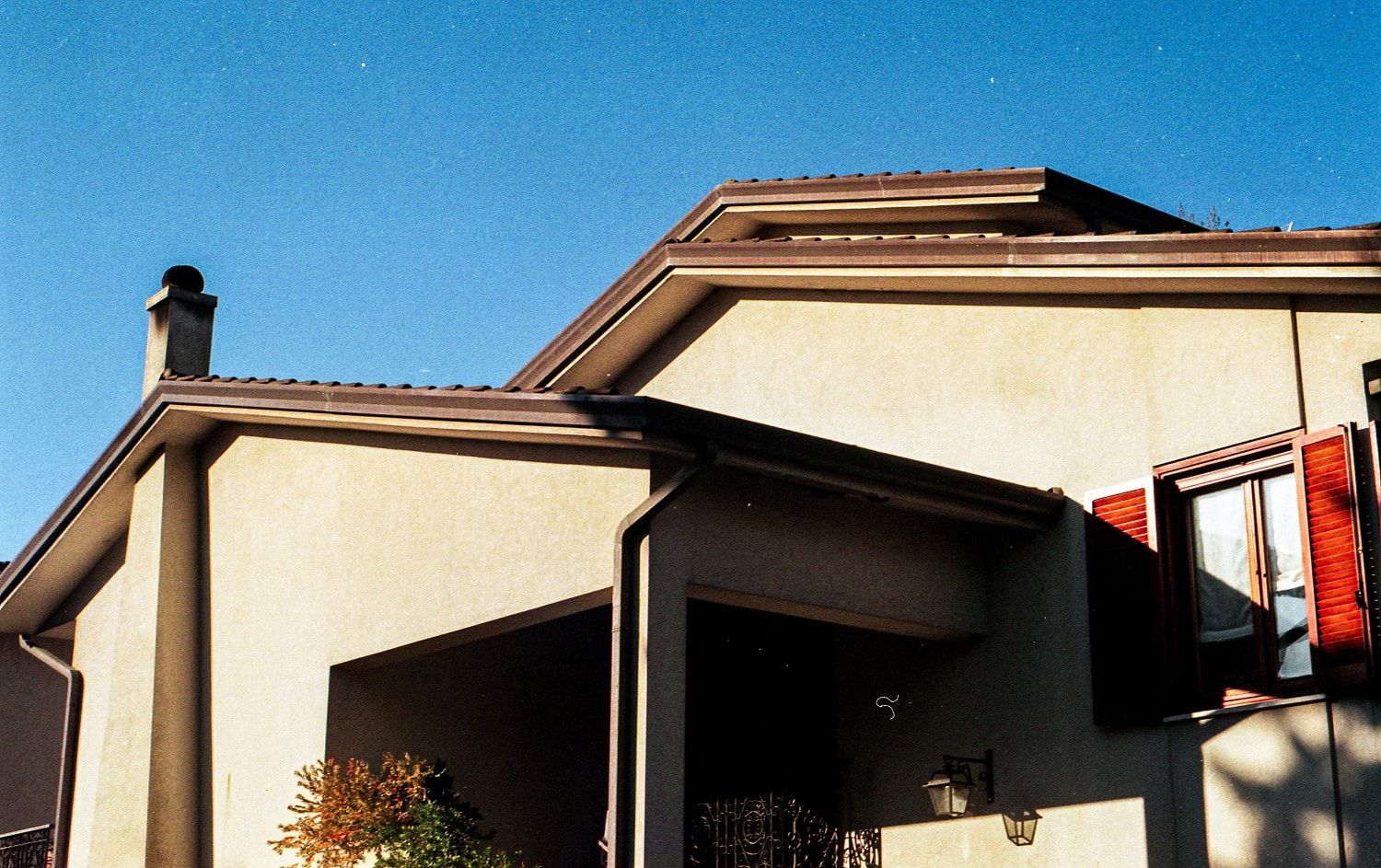
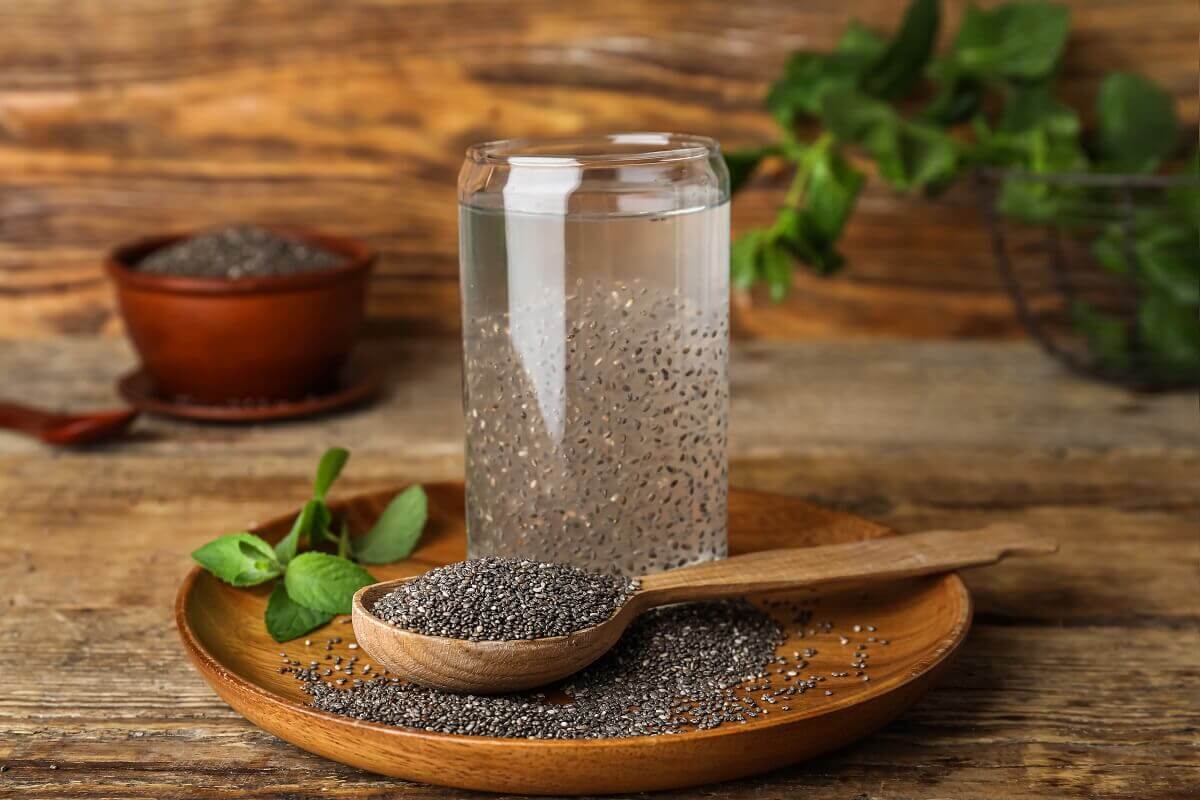
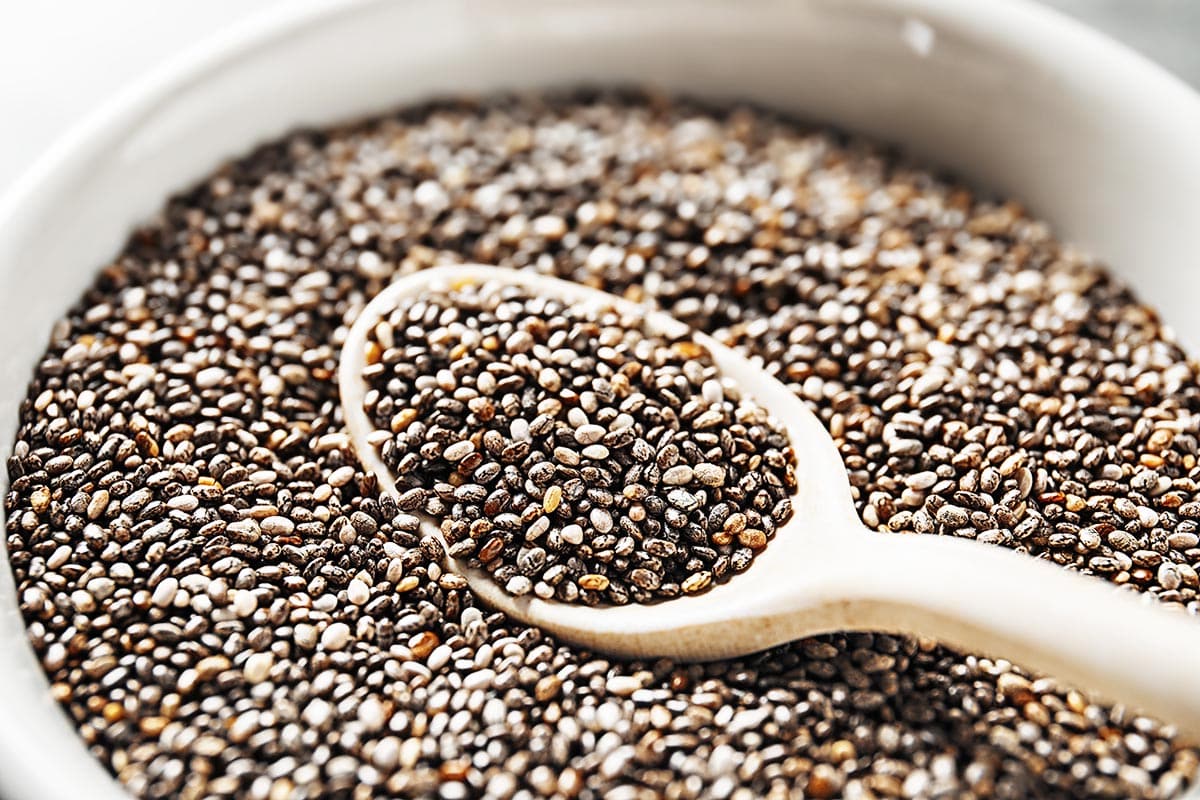
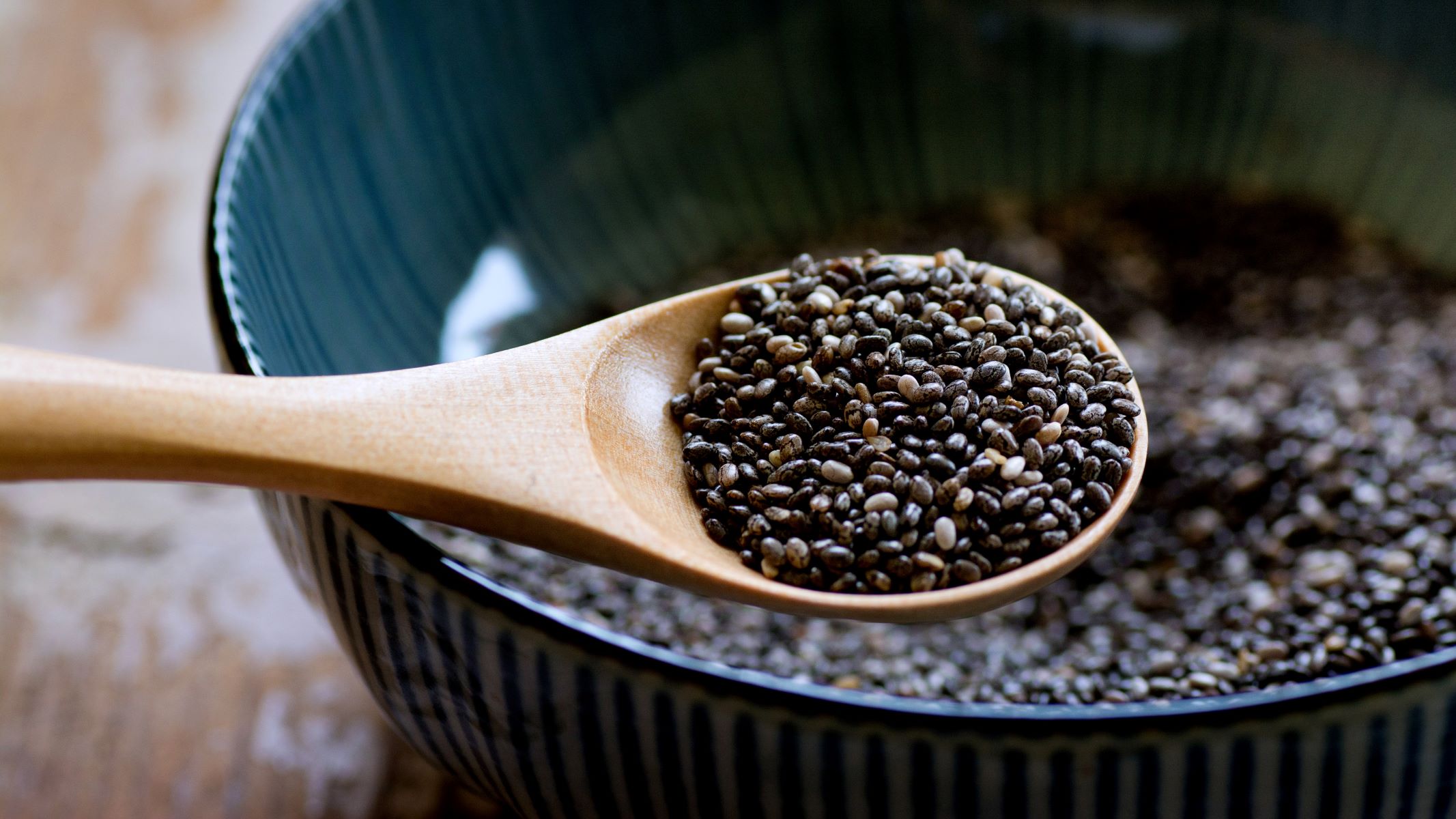
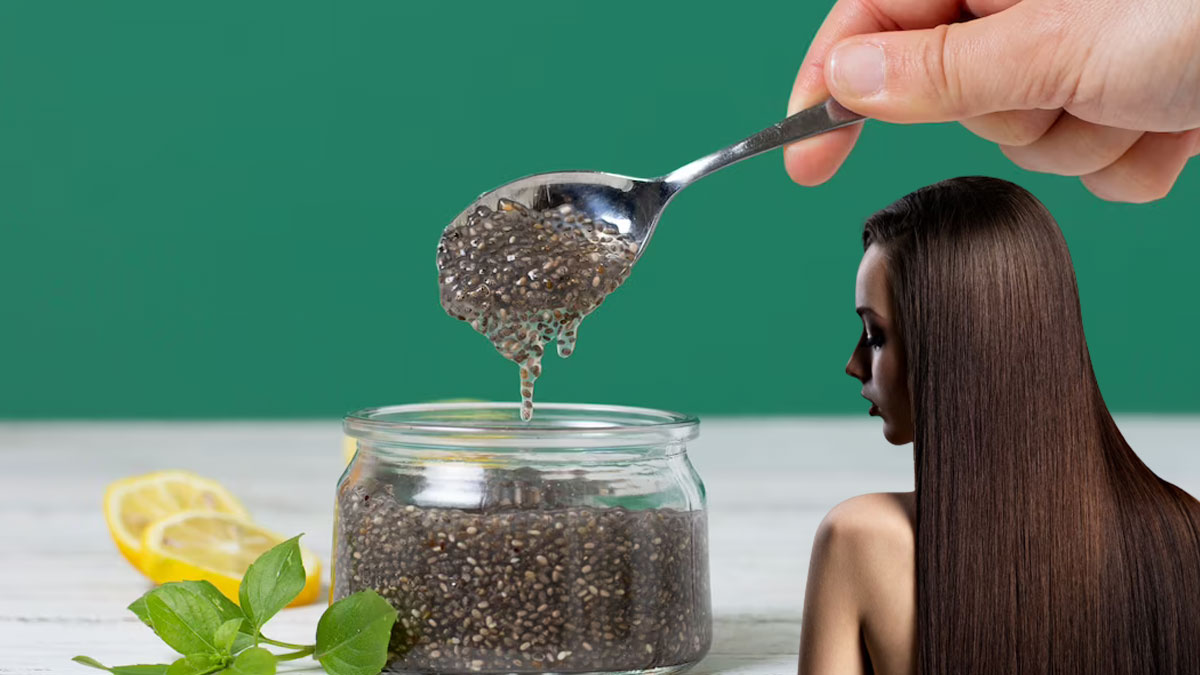

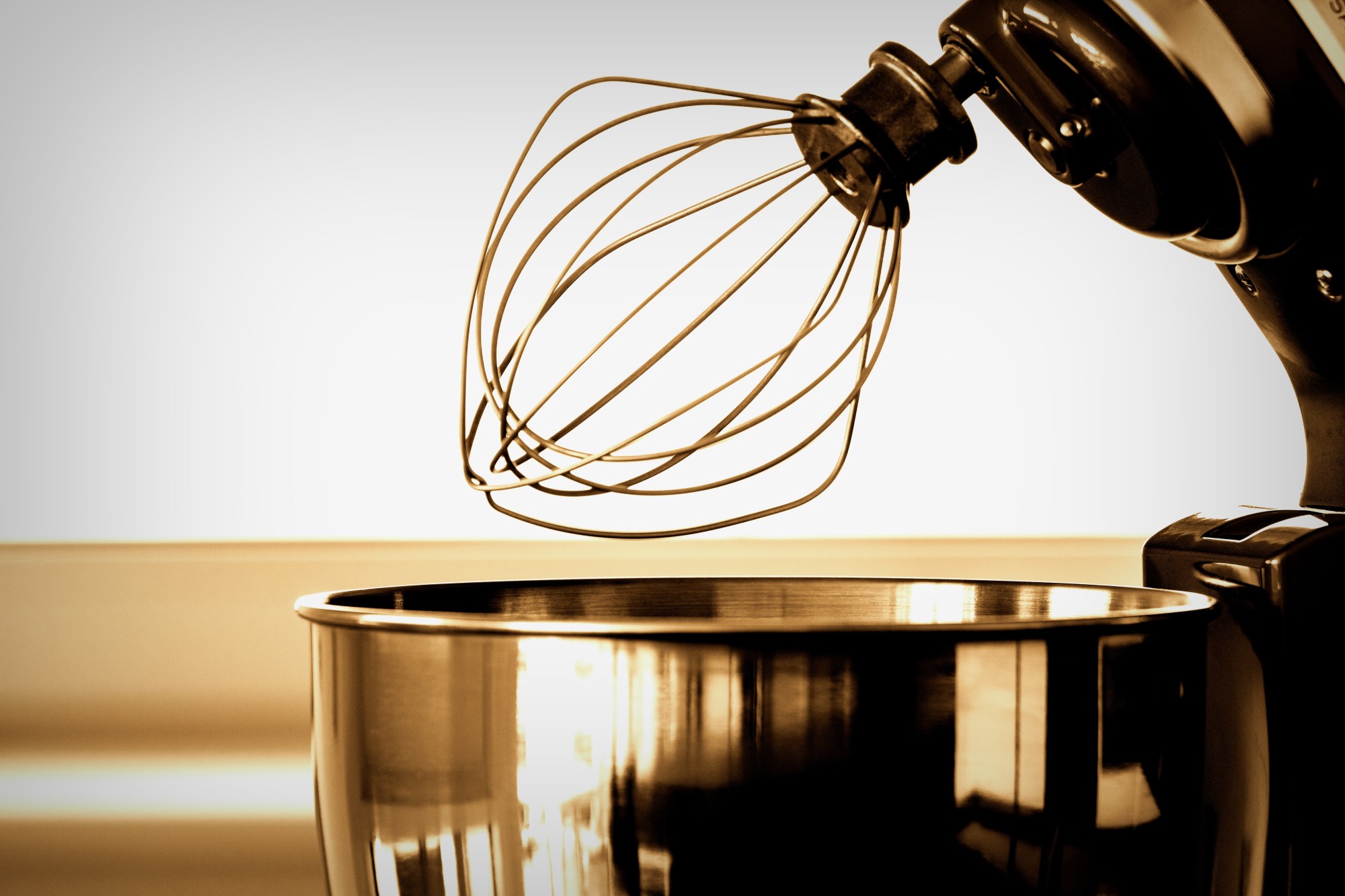
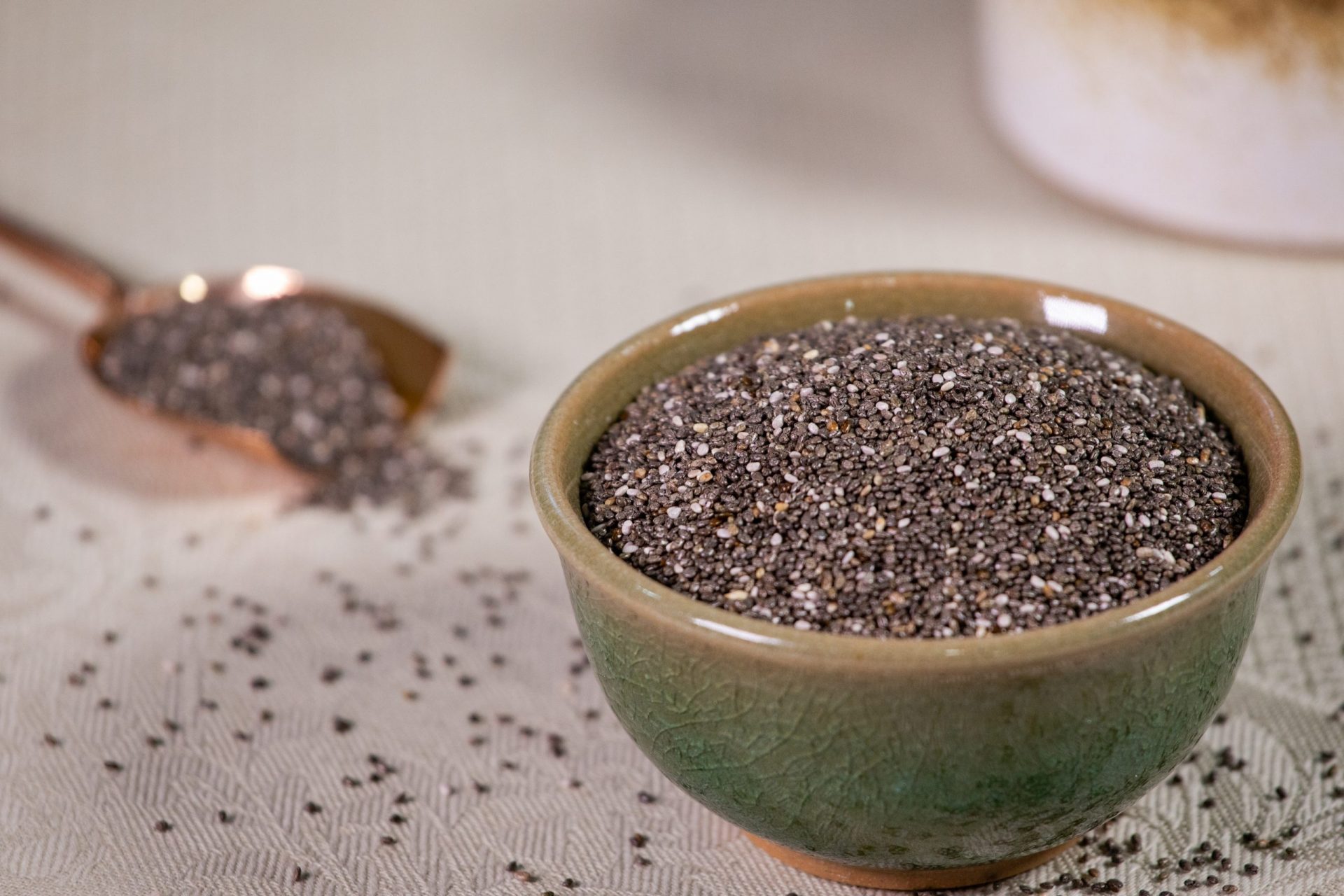
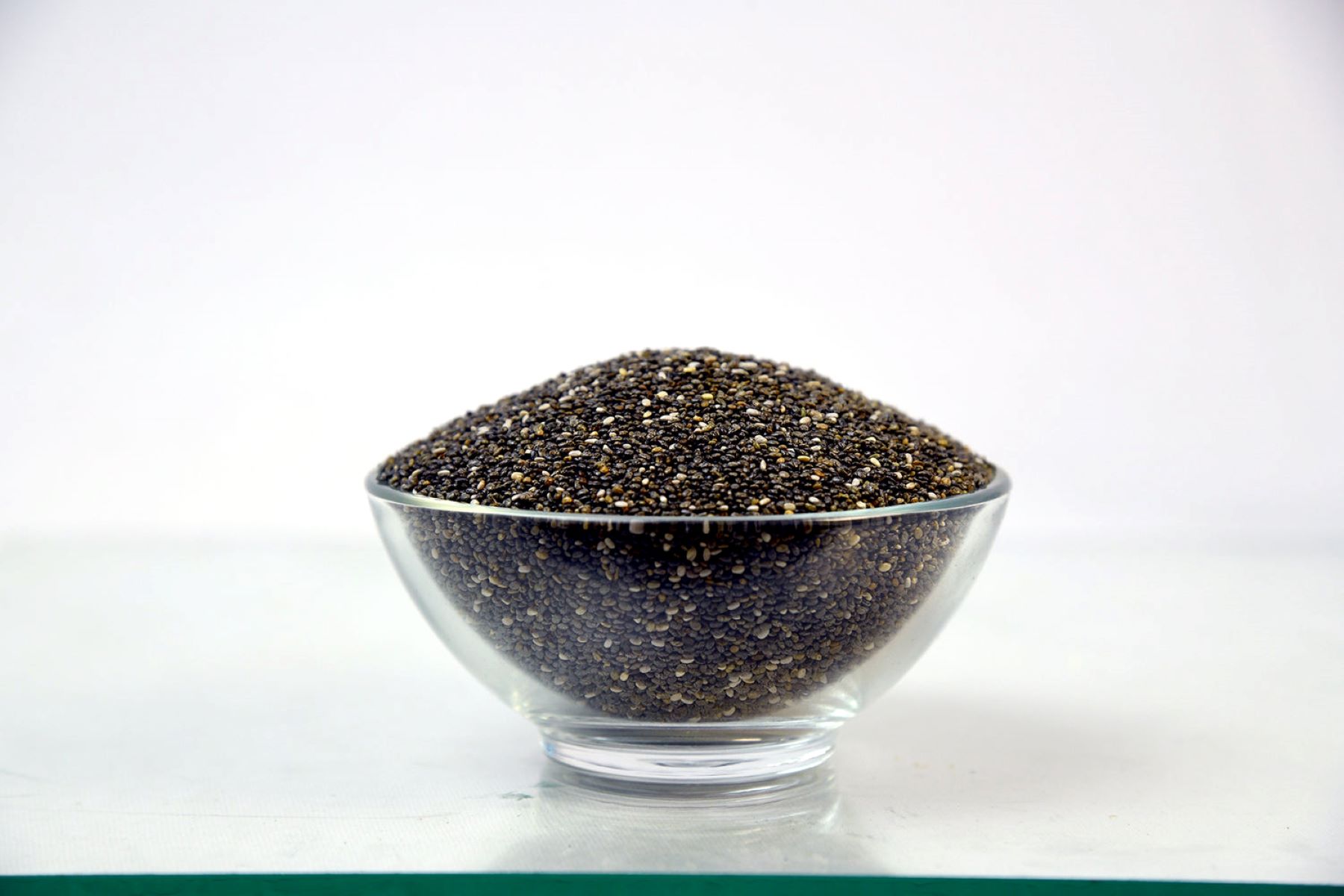

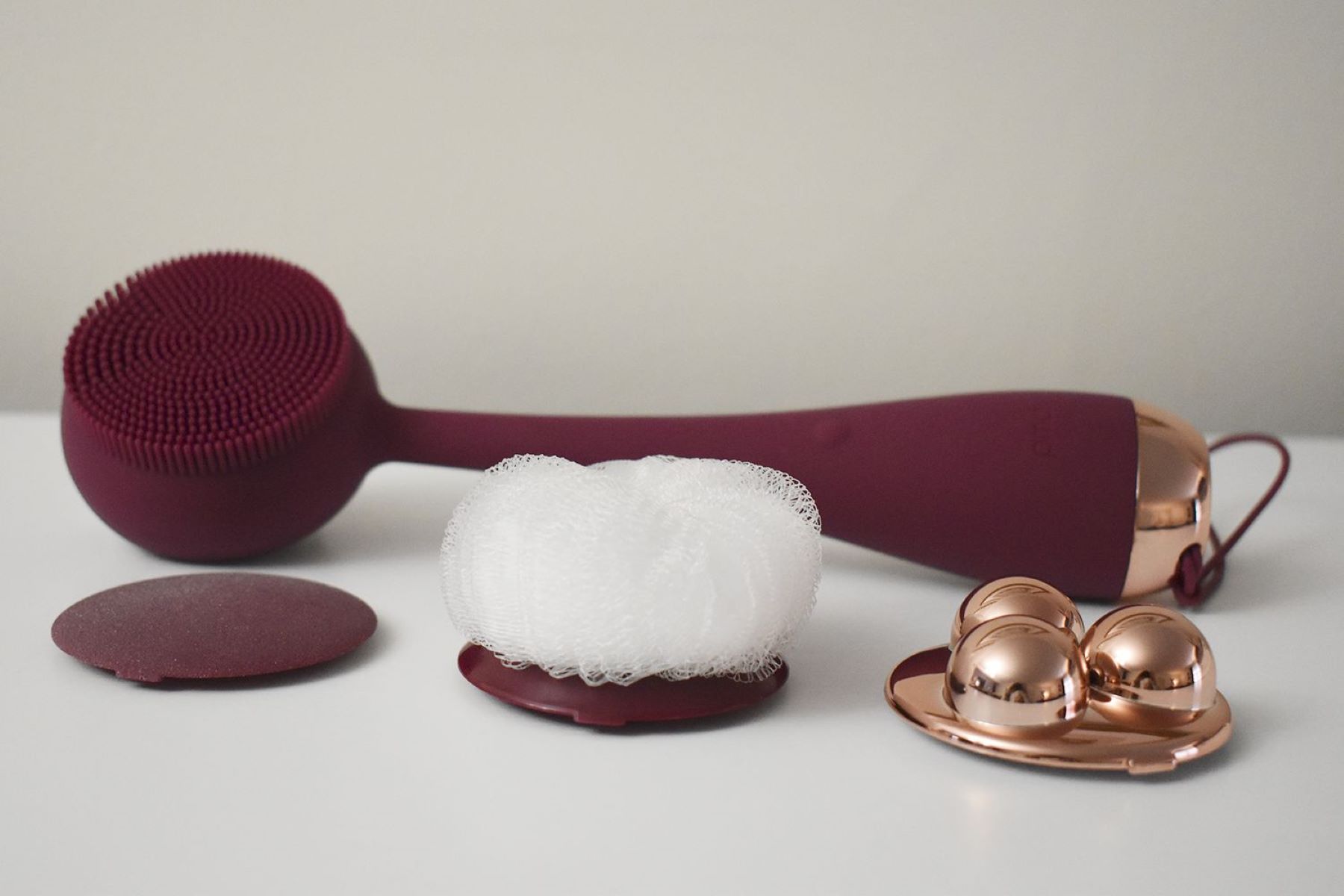
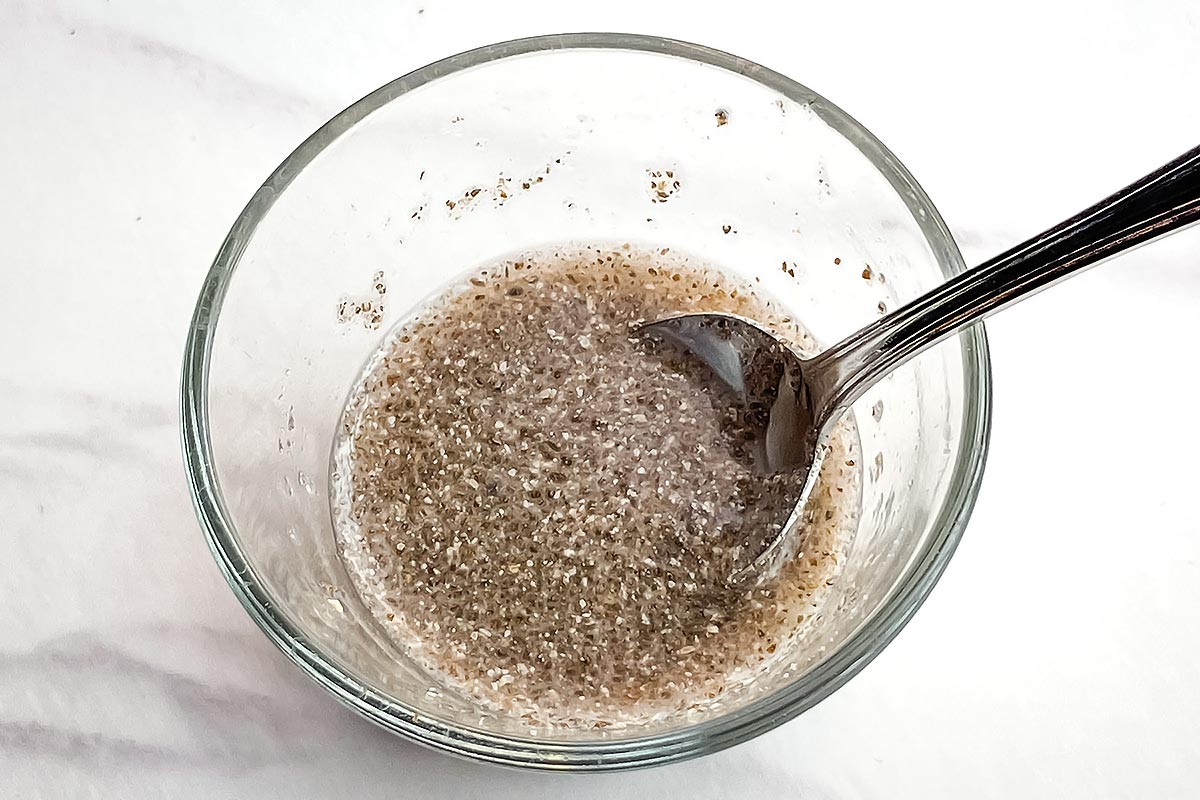

0 thoughts on “What To Use Instead Of Chia Seeds”